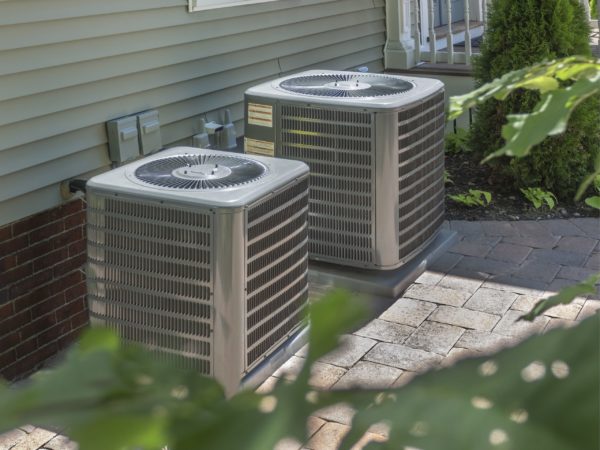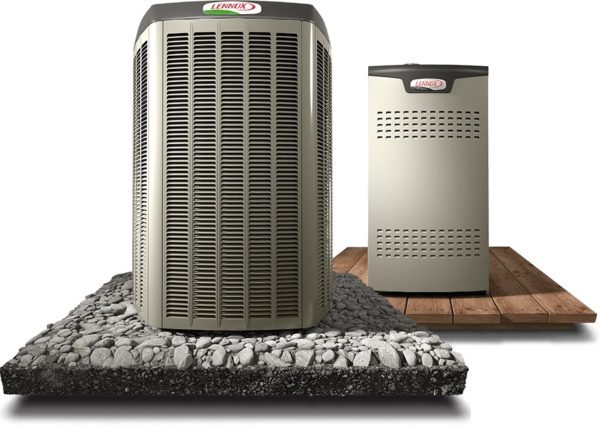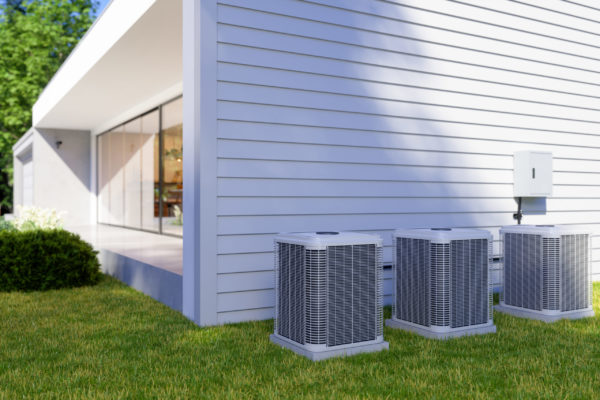A mini-split air conditioner is a solid alternative to standard AC systems. While a standard system has one air handler that moves cool air through your ducts, a mini-split system has multiple air handlers and one condenser. The condenser moves air from the coils to the air handlers, which then move it through your home. You don’t need to spend a lot of time worrying about how to install it yourself. Check out how a professional installer ensures success when they install one of these systems.
Choosing the Right Spot
When you opt for a standard AC, you just need to decide where to place the exterior unit. A mini-split system requires you to pick the right spot for the AC unit as well as the air handlers. One of the ways in which a professional can help is by choosing the correct location. You have many options as to where to install all of the components like your basement and bedroom. Using one in an addition, bathroom, or kitchen is easy, too. A professional can also help when you want to use one on an exterior wall.
Number of Air Handlers
One of the hardest parts of choosing a mini-split system is deciding how many air handlers you need. You need to consider both the region where you live as well as your house’s square footage to determine this figure. A professional will measure the width and height of each room and look at how many windows you have, along with the types of windows installed. They’ll use these figures with other details to tell you how many air handlers you need. This ensures that every room feels as comfortable as the next during the dog days of summer in Spring, TX.
Secure Mounting
Improper mounting of the unit and the air handlers can result in a variety of injuries. All it takes is one screw to come loose for the unit to fall off of your home and strike a friend or loved one. Working with a professional allows you to get the secure mounting you need to prevent accidents. The installer will use brackets to secure all parts to your walls. They’ll leave a minimum of 20 inches of free space around the unit and keep some space between it and the wall.
Manufacturer Standards
No matter what type of mini-split system you buy, you’ll find that each manufacturer has specific standards that they require others to follow when they install the systems. The installation manual that comes with it may have some confusing language that you can’t understand. With professional installation, you don’t need to worry about following those directions. The installer will use their experience and the manual to follow standards such as how much clearance the unit needs and how high they can mount it. This also ensures that you don’t void your warranty.
Proper Condensation Pipe and Drain Installation
The condensation pipe is one of the top components of a mini-split system. Many systems use a gravity condensation pipe. It uses the natural force of gravity to move water through the pipe. A professional installer will know both how and where to install this pipe. Choosing the wrong spot can result in your system not keeping your home cool or actually causing the temperature to rise. You may also need a condensation drain or trap that collects any excess moisture that comes from the pipe. Your installer will know whether you need a permit for any of these parts, too.
Necessary Upgrades
Not all houses can support a mini-split system as-is. If you worry that you might need one or more upgrades, call a professional for help. One of the more common upgrades you may need is new wiring. This wiring powers the system and ensures that it gets the right voltage. Some of the newer systems may also require an upgraded electrical panel. You don’t want to install a new system and find that it trips your circuit breaker the first time it runs. A professional will help you to obtain all of the permits you need when your home requires an upgrade.
Work With the Pros
Don’t assume that you can install a mini-split system on your own just because you read through the included manual. DIY installation can cause damage to your home, break parts of the system, and even void your warranty. Call North Point Air Conditioning & Heating to find out how our professionals can handle the mini-split installation you need. In addition, we offer heating and cooling repair and maintenance, along with smart thermostats and indoor air quality services.











